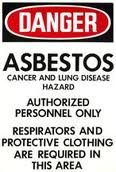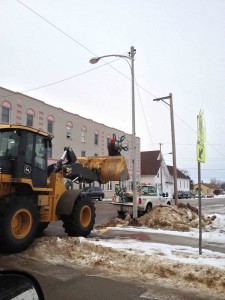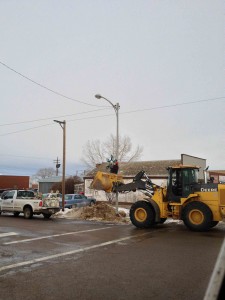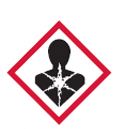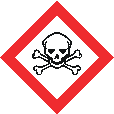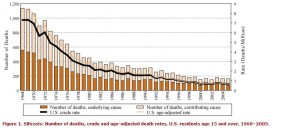Tue 5 Feb 2013
Who is in charge of safety?
Posted by admin under Admin Controls, Behavior Based, Chemical Exposure, Engineering Controls, Exposure, Hazard Communication, Management, Personal Protective Equip (PPE), Presentation, Risk, Training
Comments Off on Who is in charge of safety?
Since you are reading this, you probably know the answer. Everyone. But, who is everyone? It should include your CEO/Company President/COO (or similar). If not, I guarantee you aren’t working as safely as possible.
The reason: Â The person doing the work usually isn’t involved in the bidding & planning of the project. Â It’s not always the President’s fault that the proper safety equipment wasn’t bought, or there are no available tie off points on the roof. (But, it might be their fault if they are willing to press forward without making changes.)
Here is one way to deal with these issues. Train the CEO (President/COO/Project Manager/Estimator) beforehand. Here’s how:
- Make the training for them.Â
- Don’t talk about safety harnesses, or the three different types of asbestos.
- Go over big items (where are your claims? what are similar claims for your industry?)
- Emphasize the proper methods to control any hazard:
- #1 engineering controls
- #2 administrative controls
- #3 PPE (in that order!)
- Get them to contact you during the bidding process (not after you’ve won it). Talk about what might be dangerous work & plan for it.
- Share a success story. Ask a superintendent to explain how they controlled a possible exposure.
- Did they make the architect install in a tie-off point?
- Did they ask the owner to change adhesive products to a less hazardous one?
- Did they use an abatement contractor who performed the work well?
- Keep it simple & short. You don’t need a lot of time, but you do need them all on the same page.
When everyone in the company has the same interest in safety, it isn’t hard to explain.
